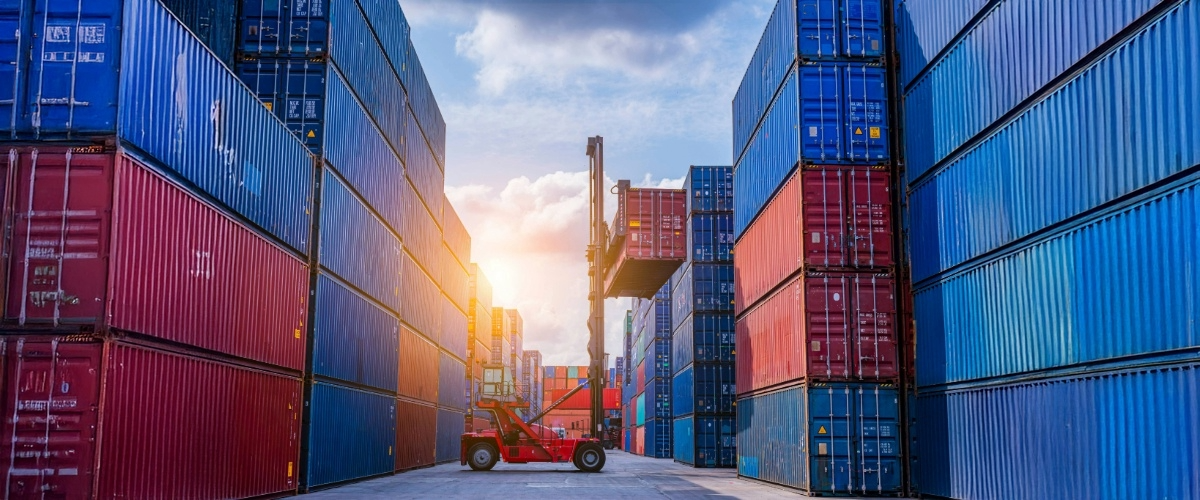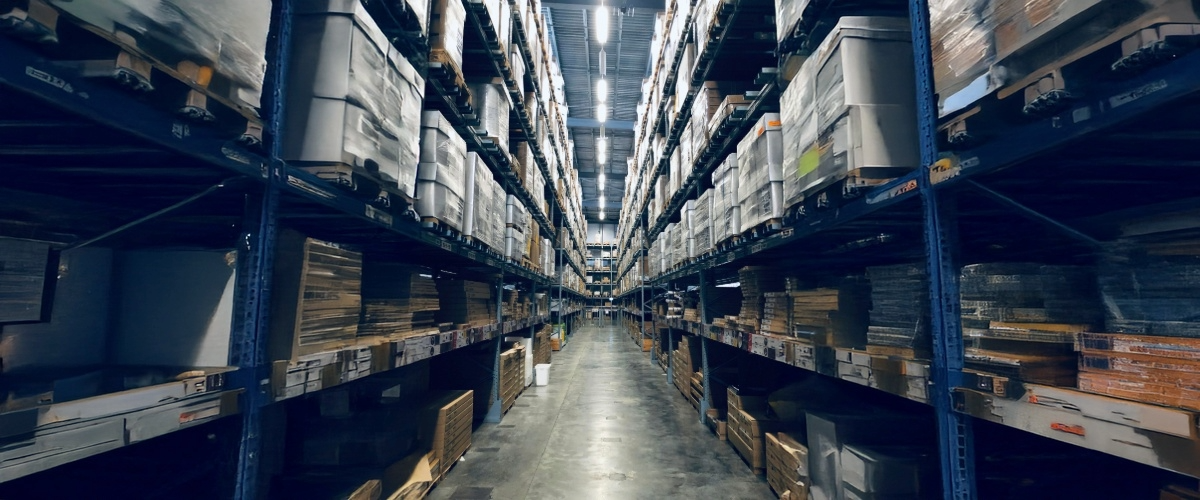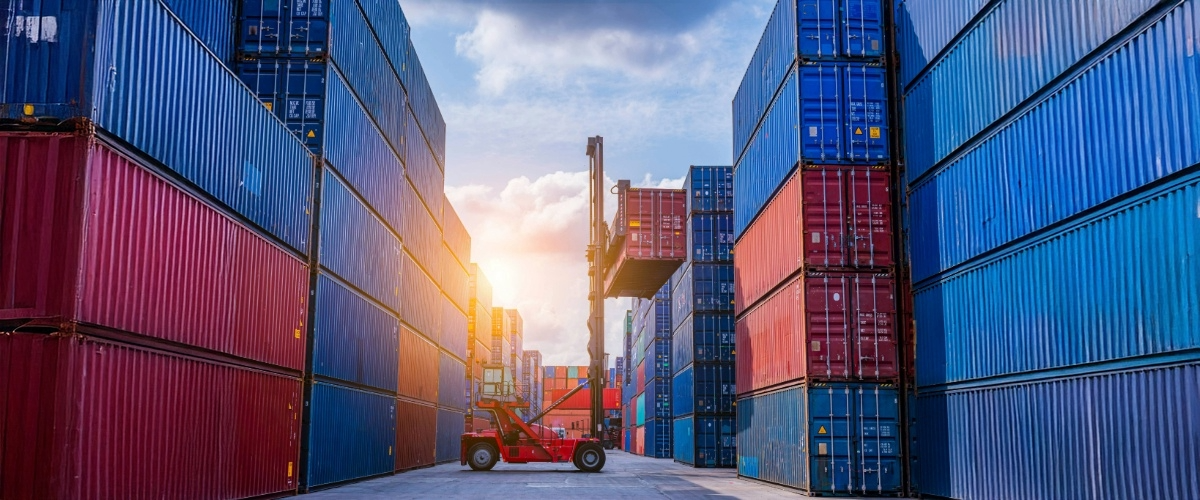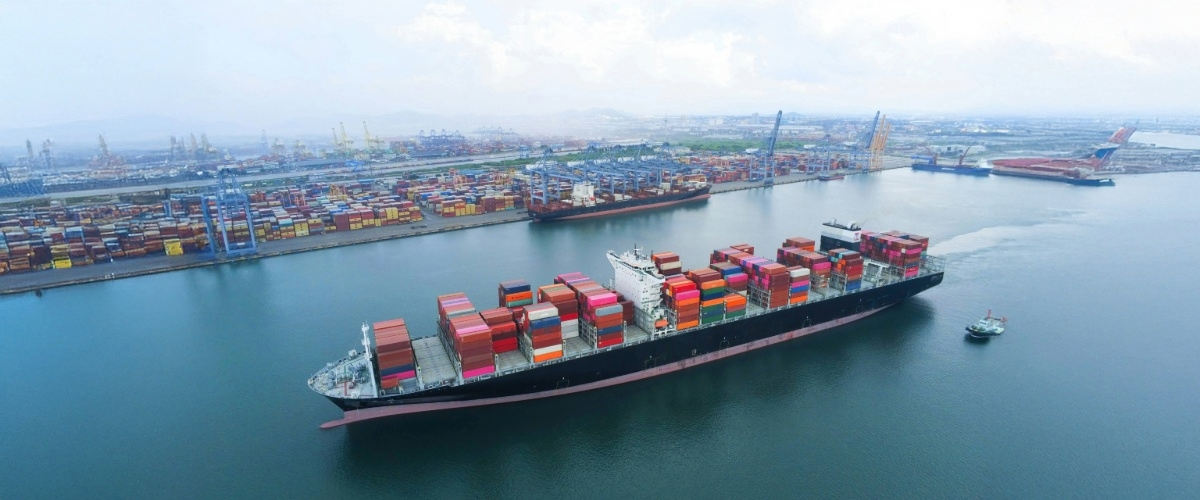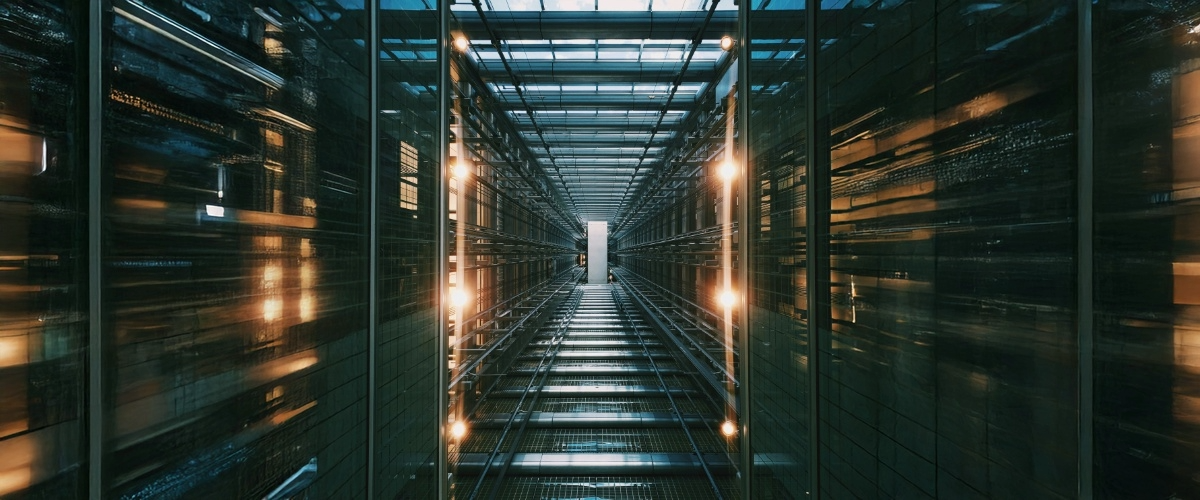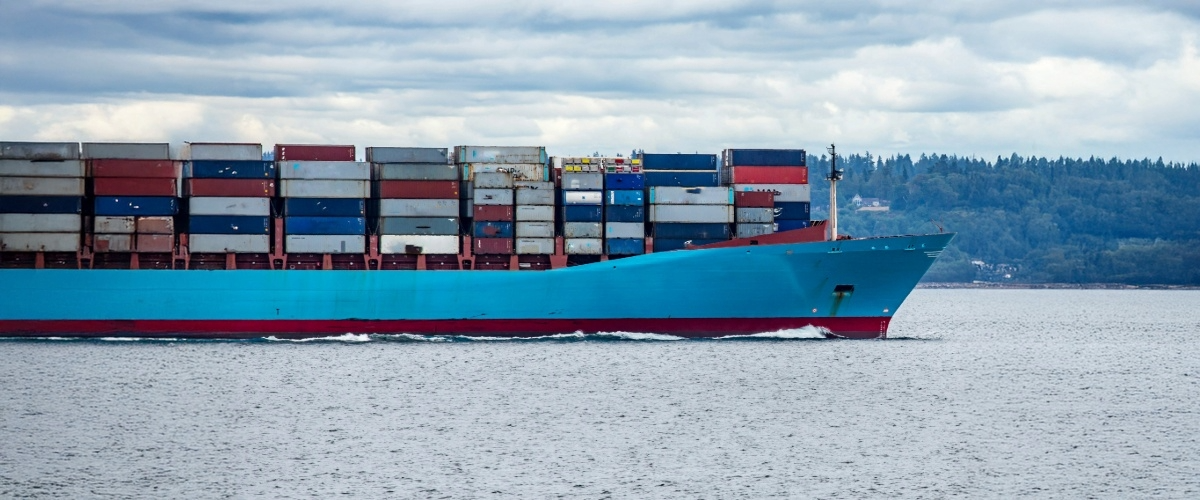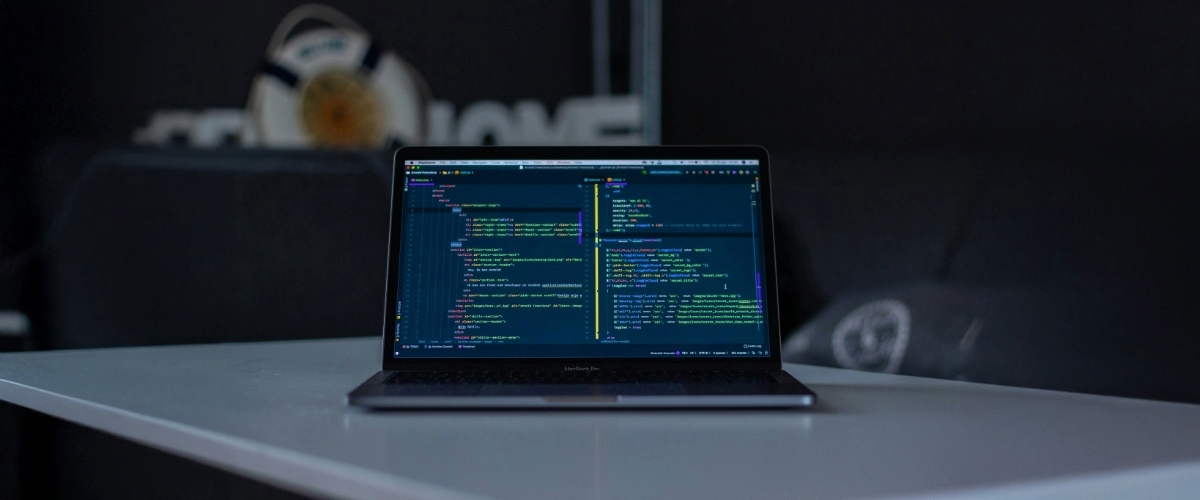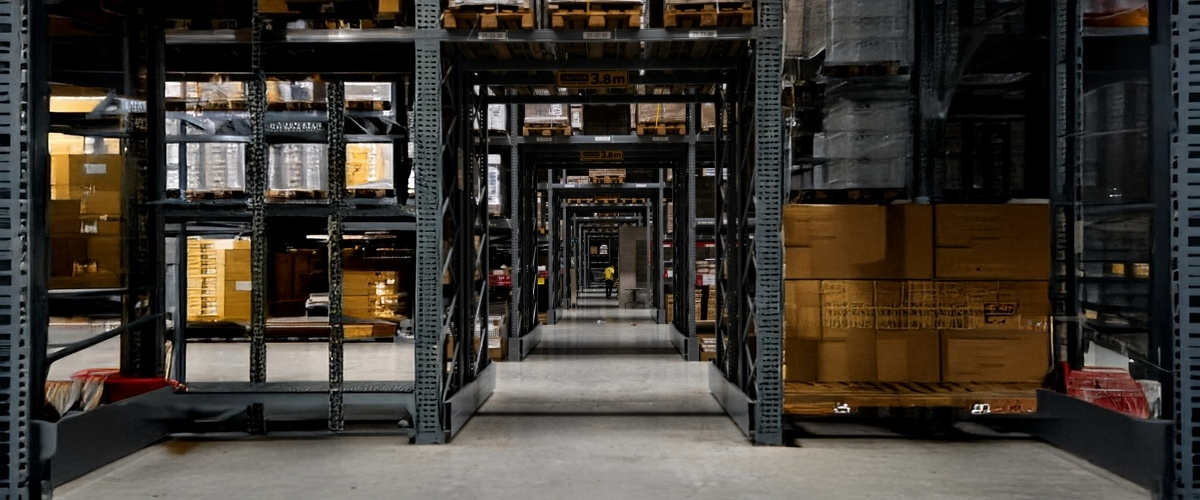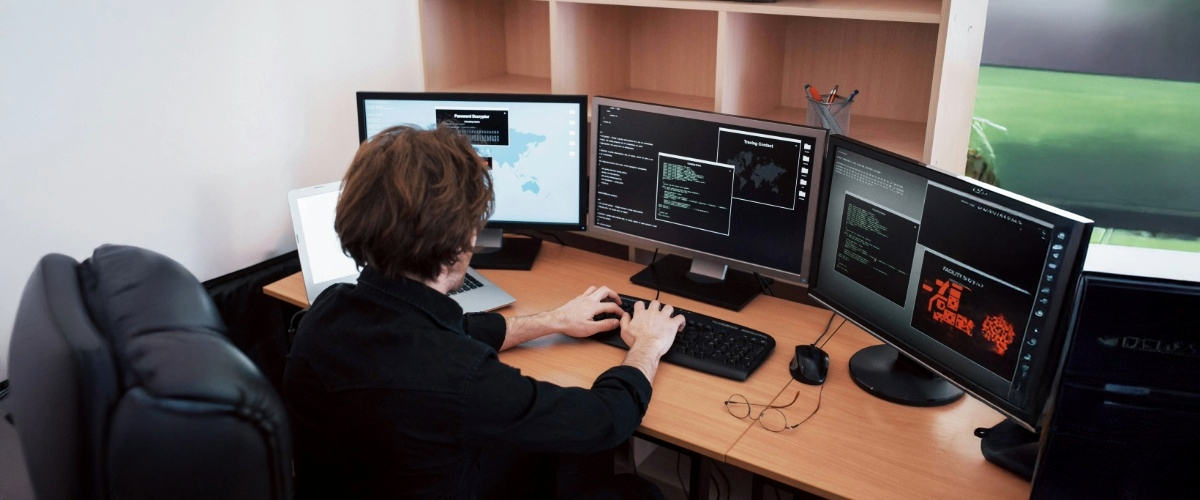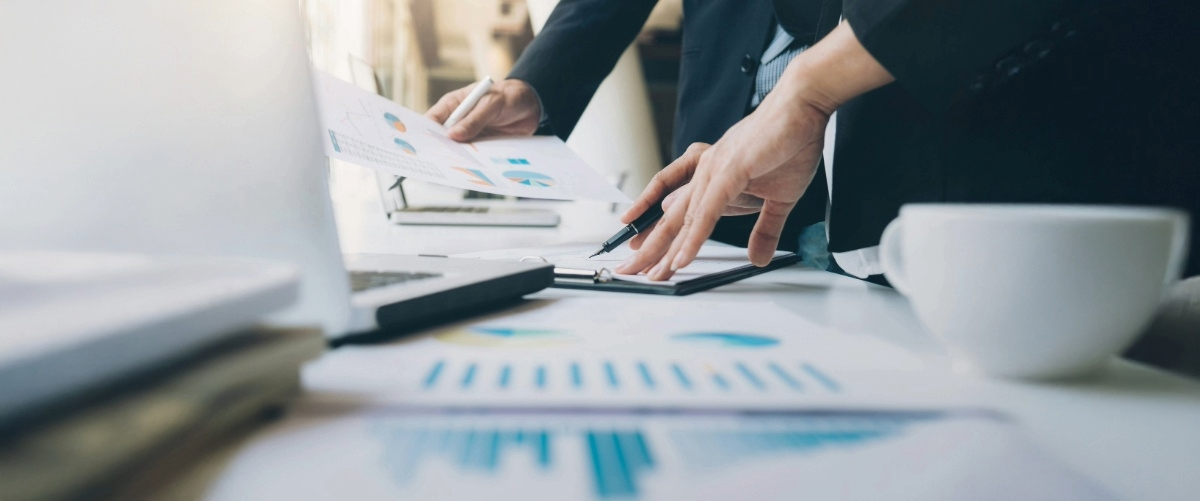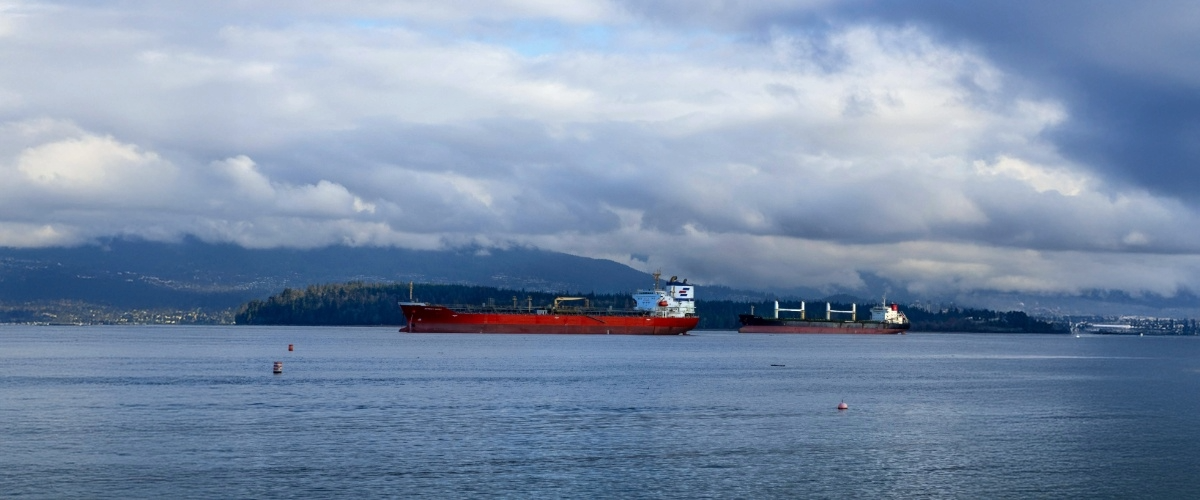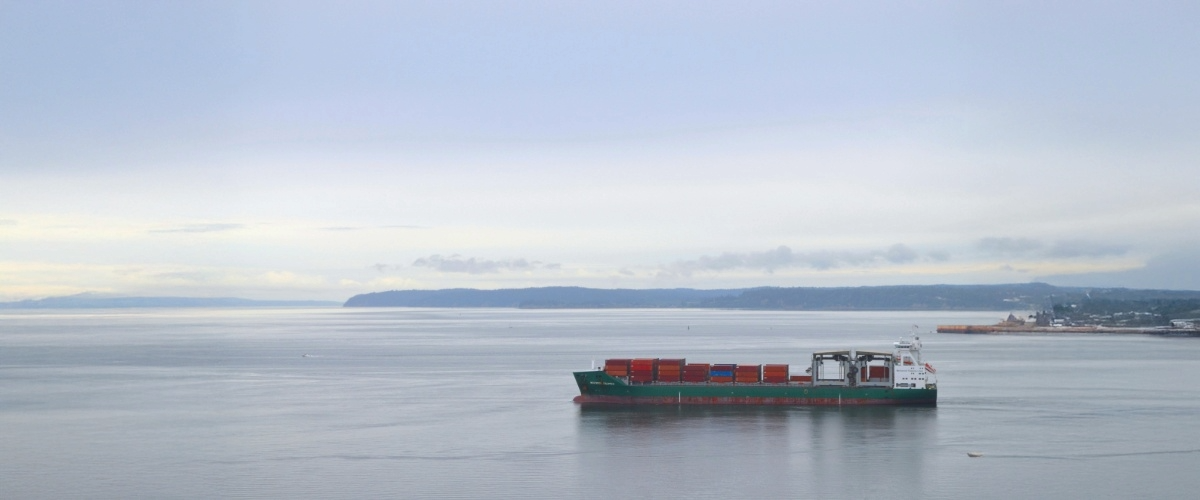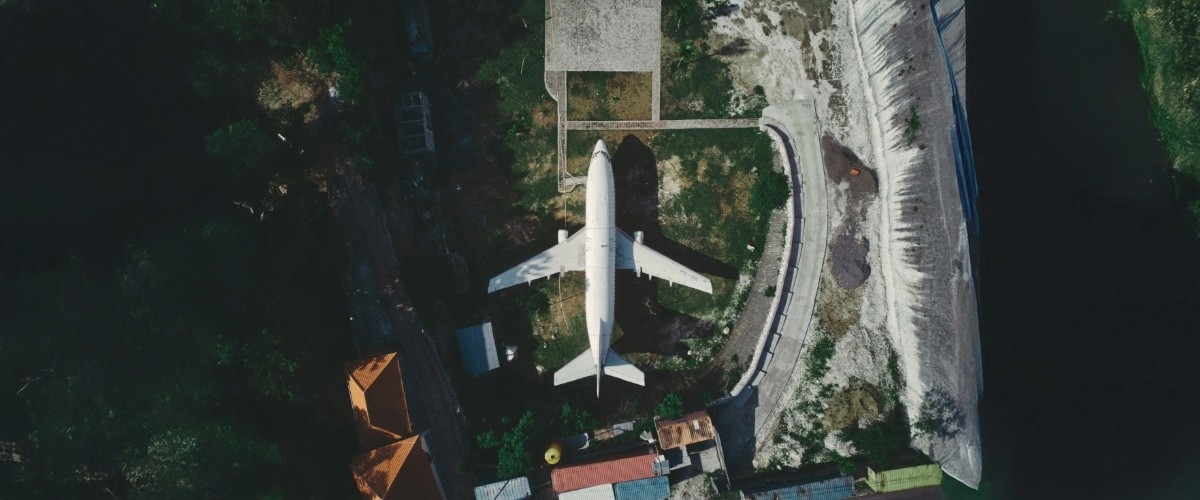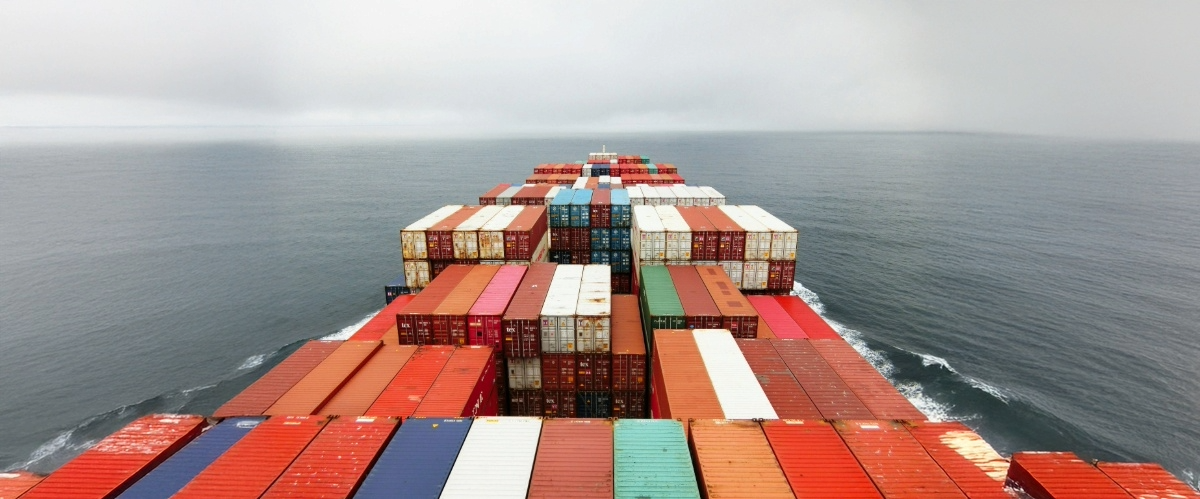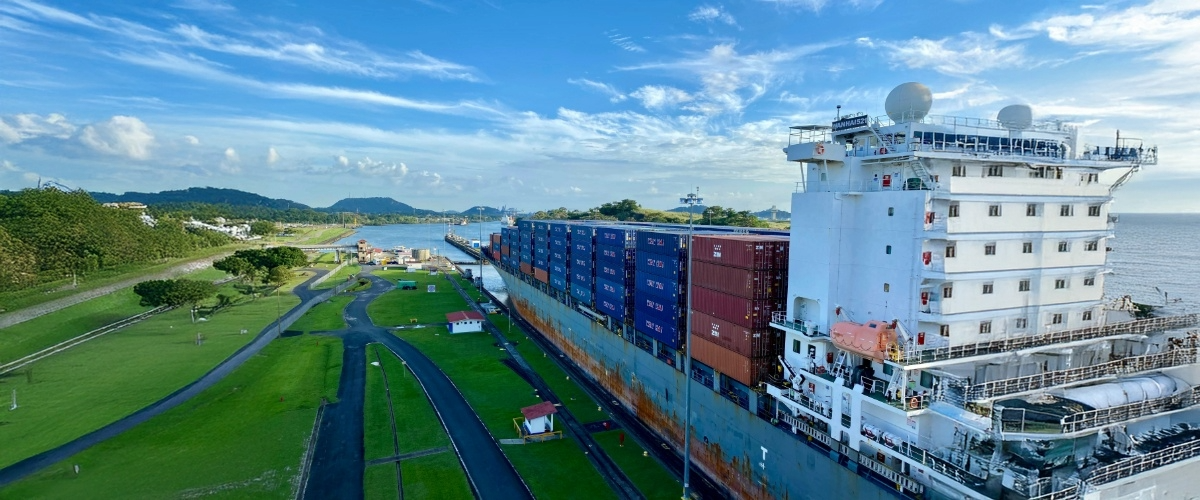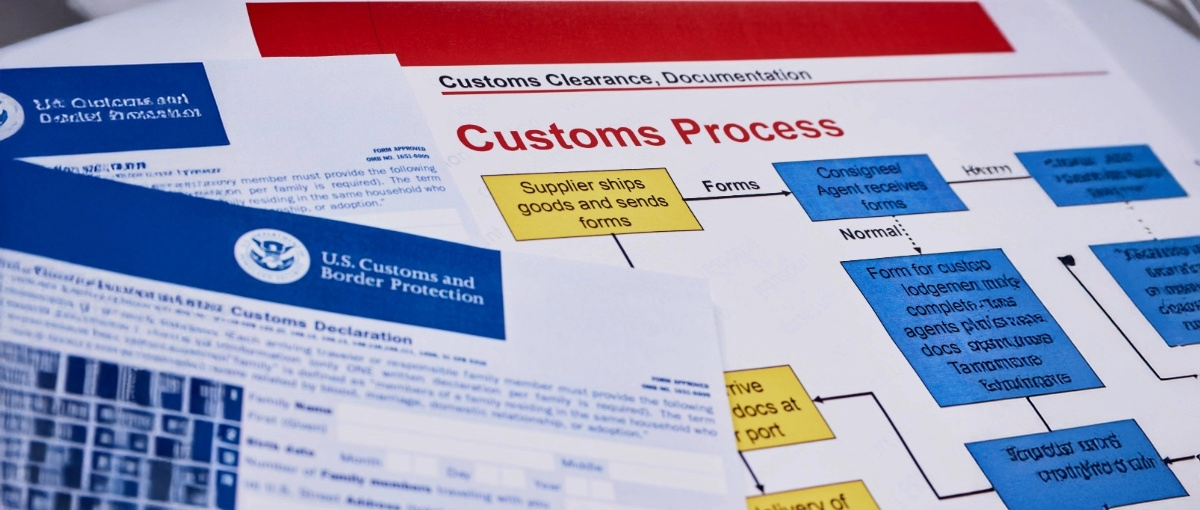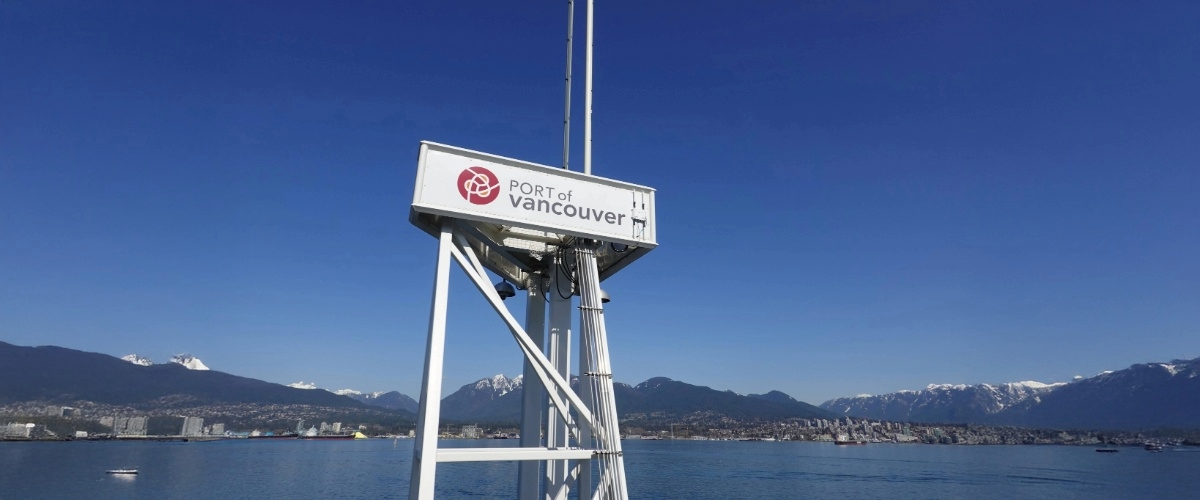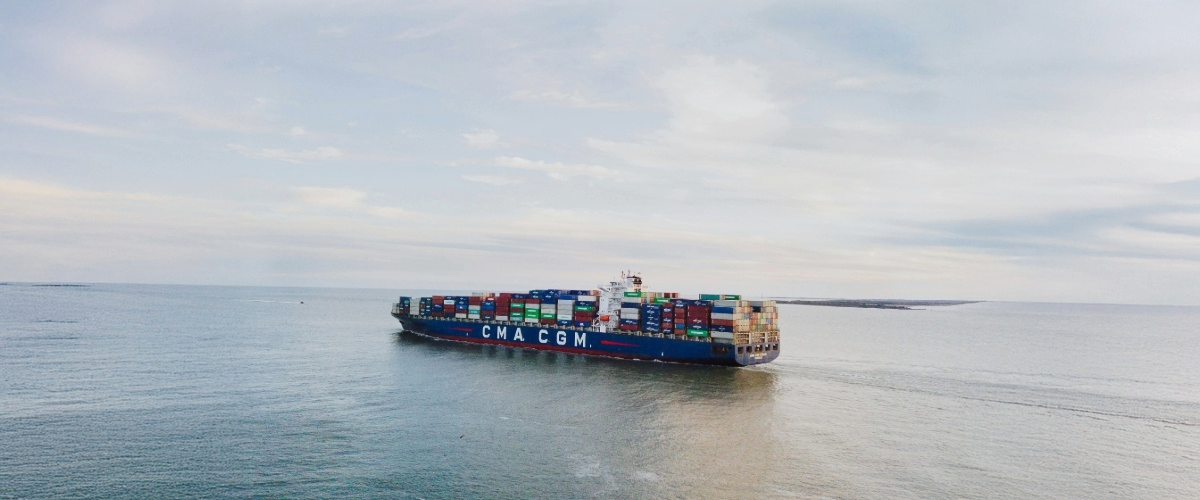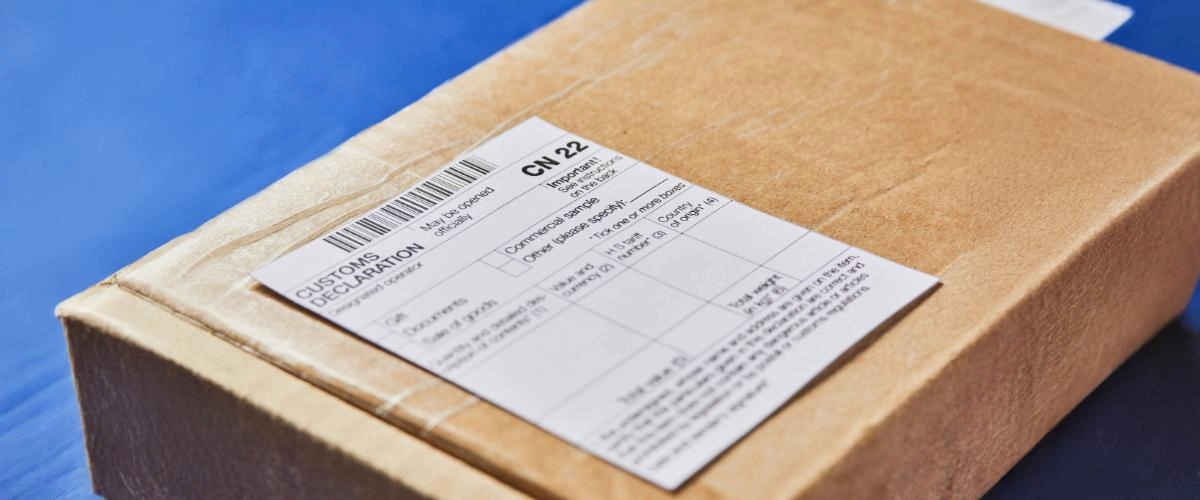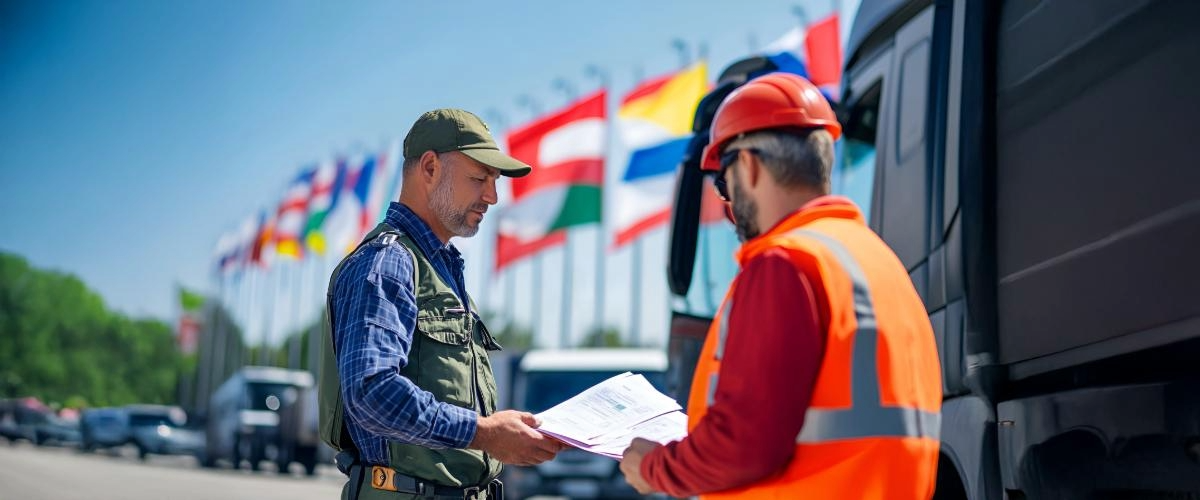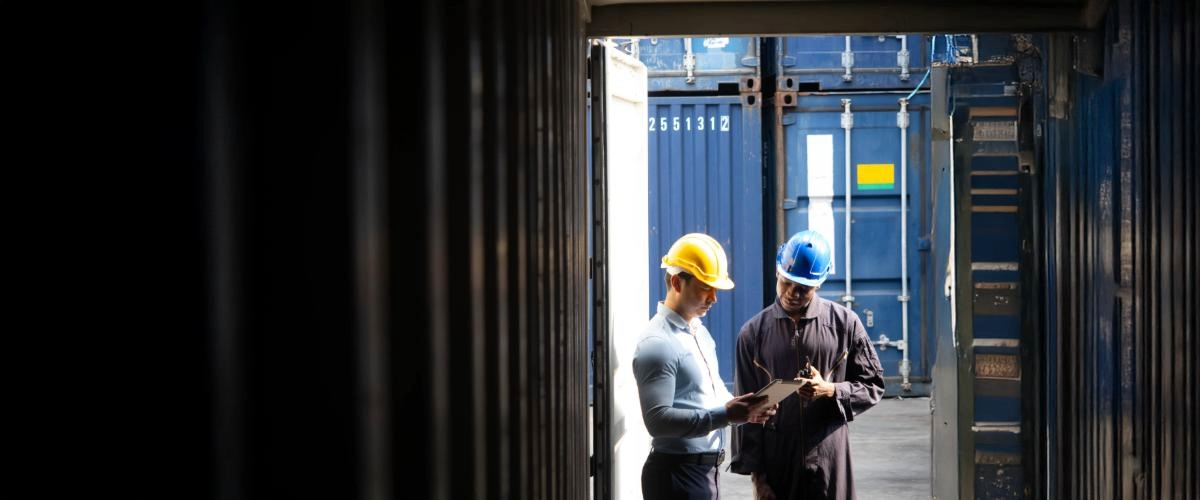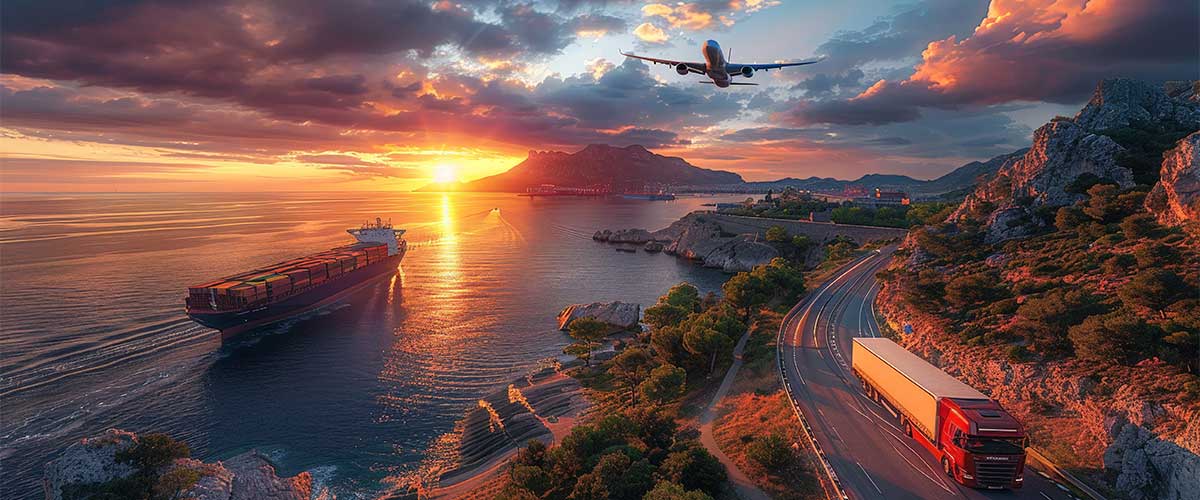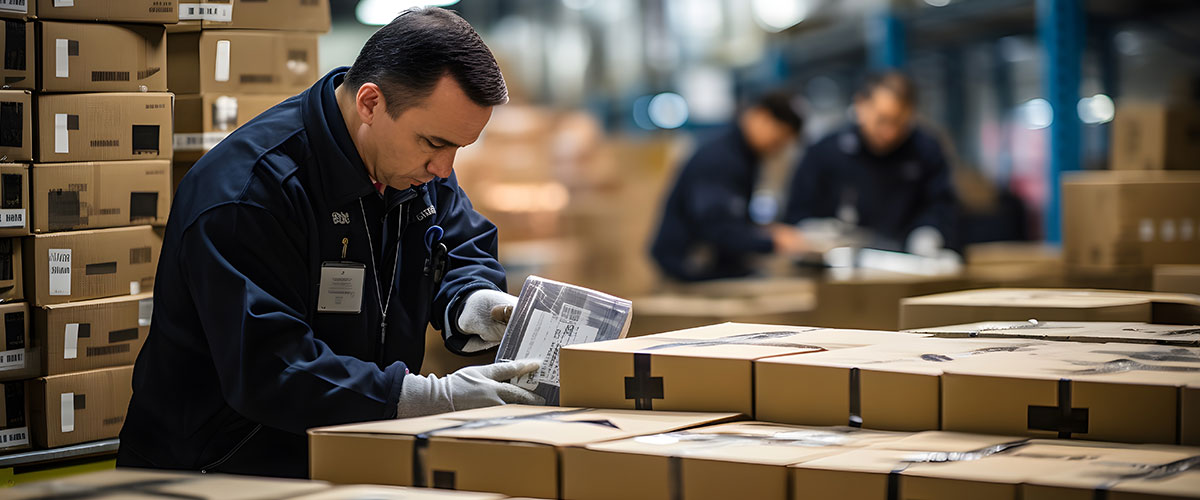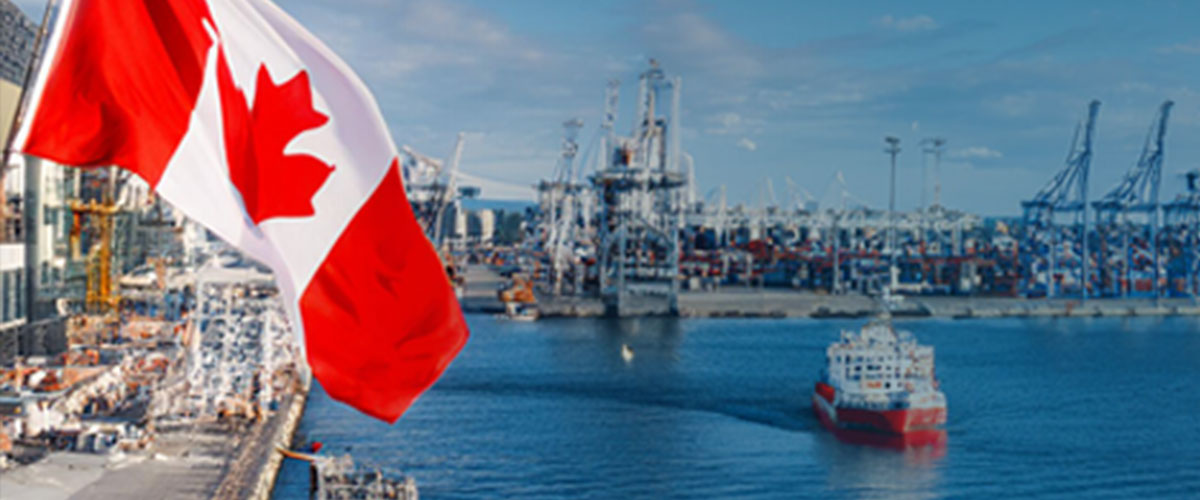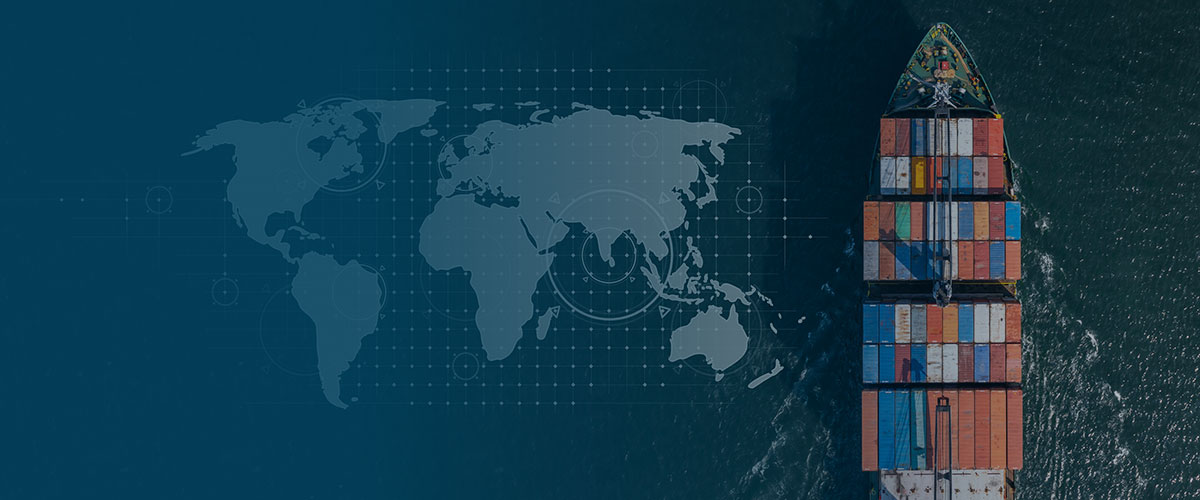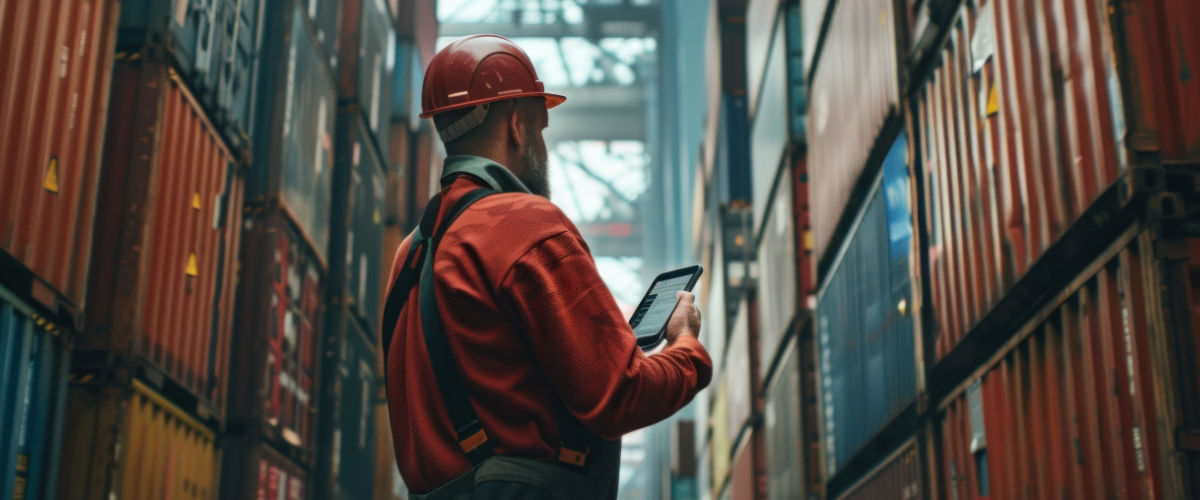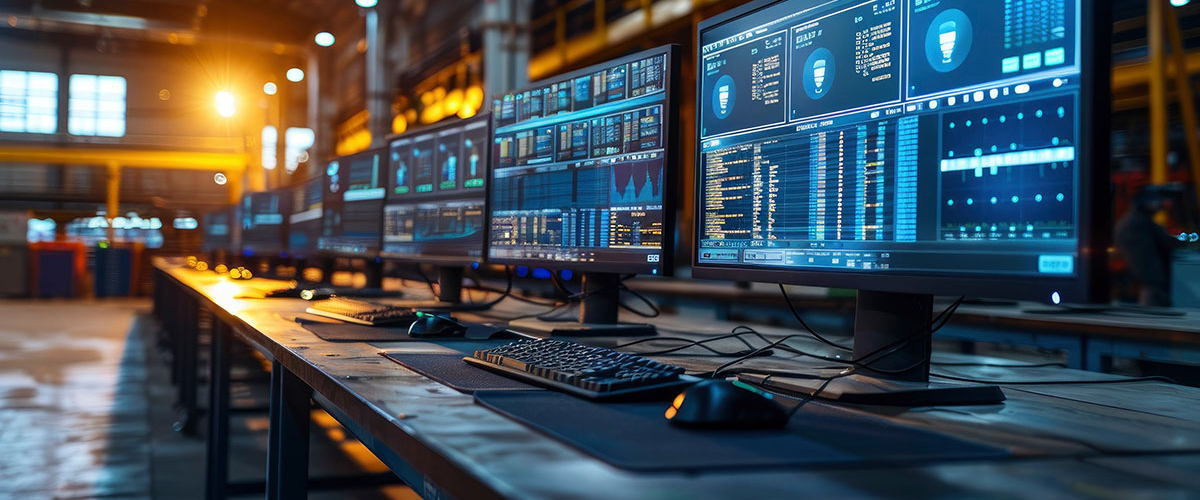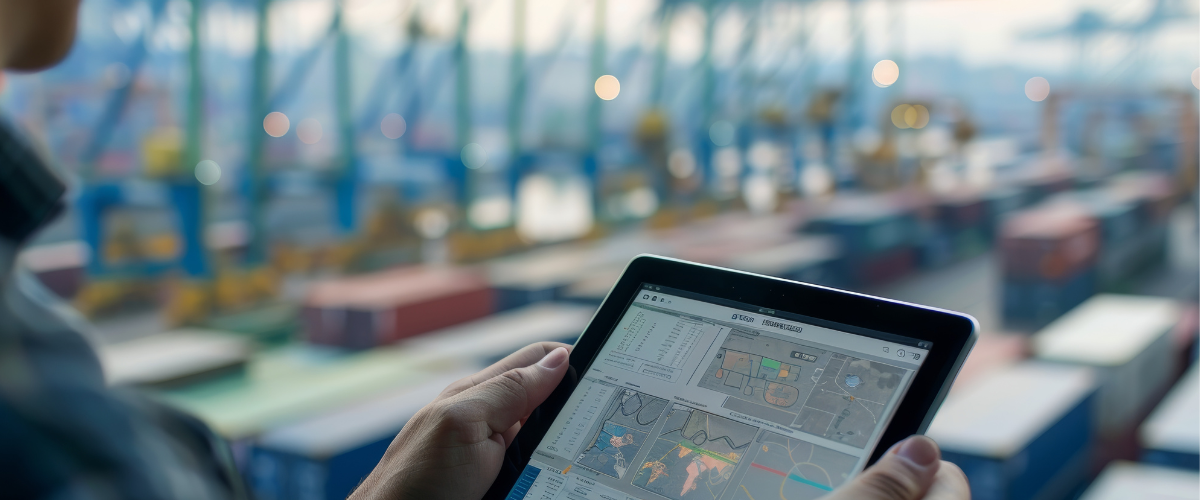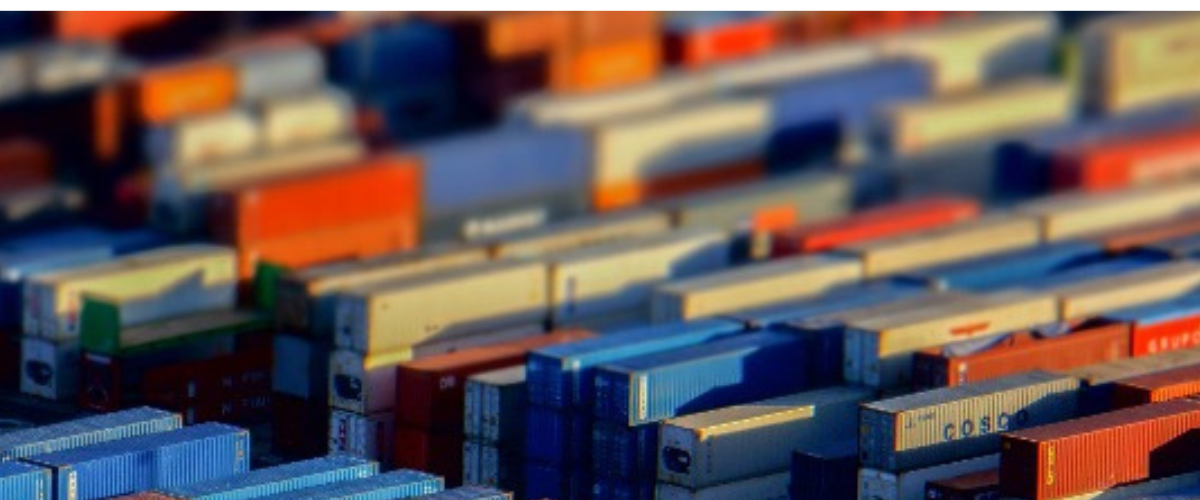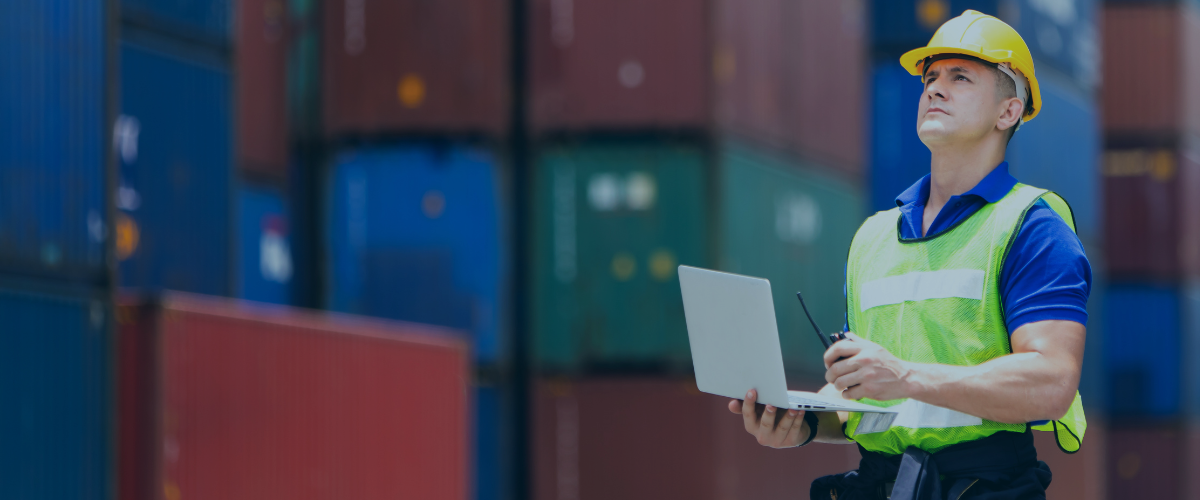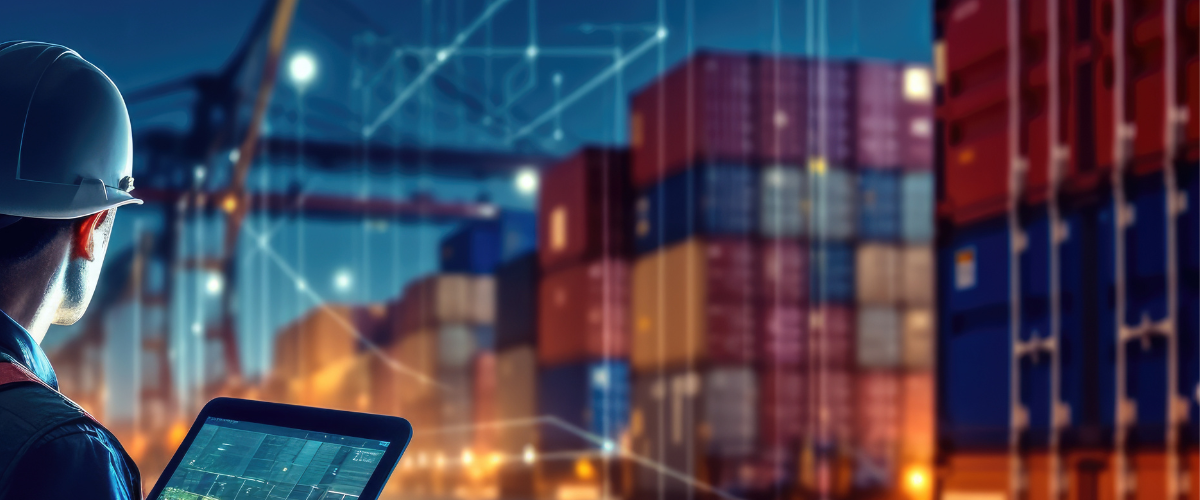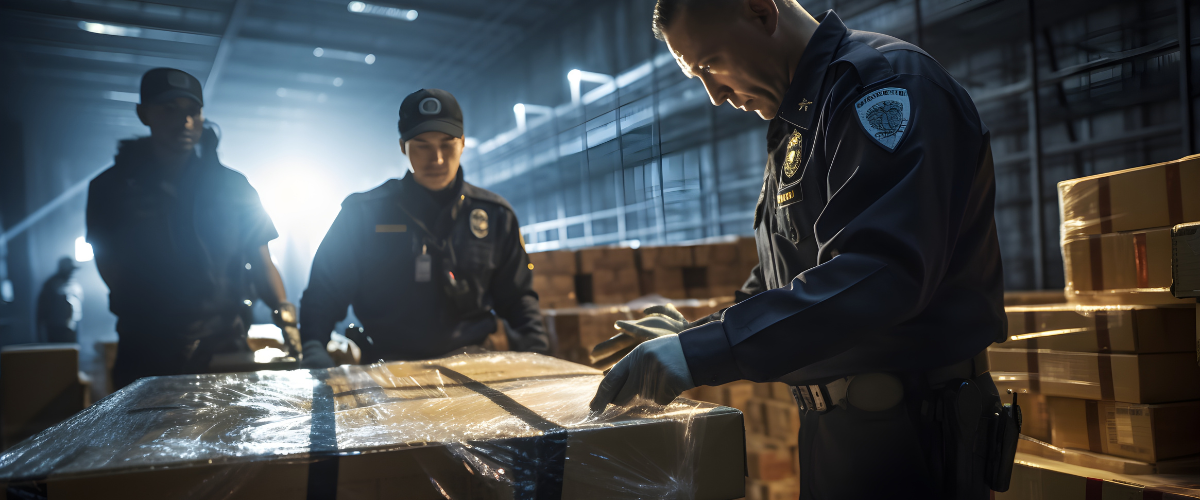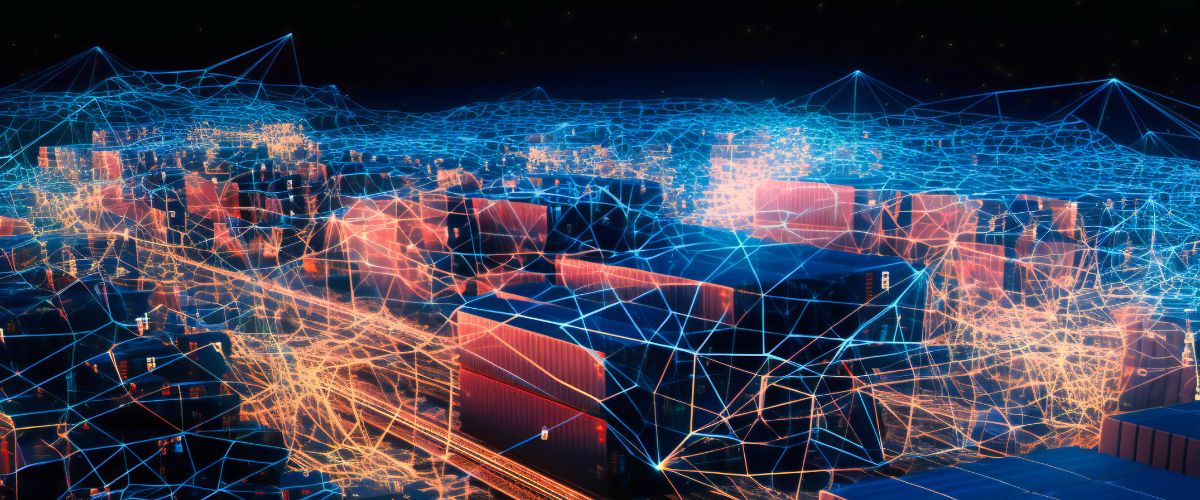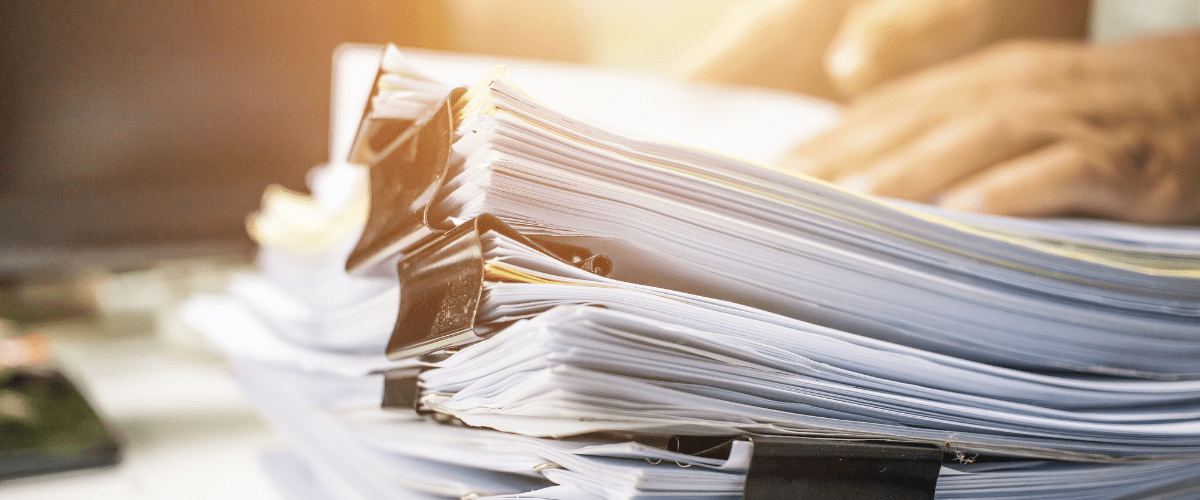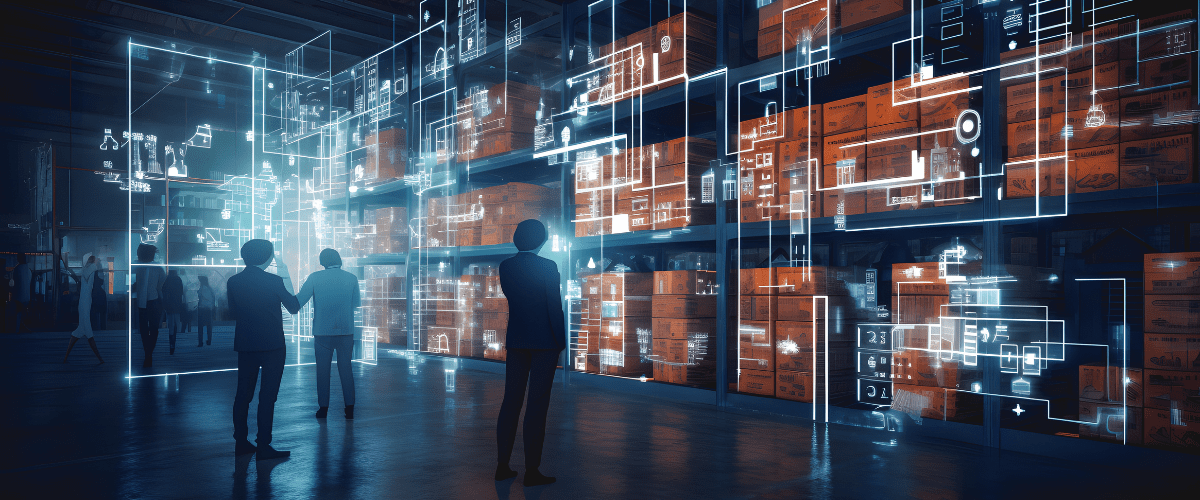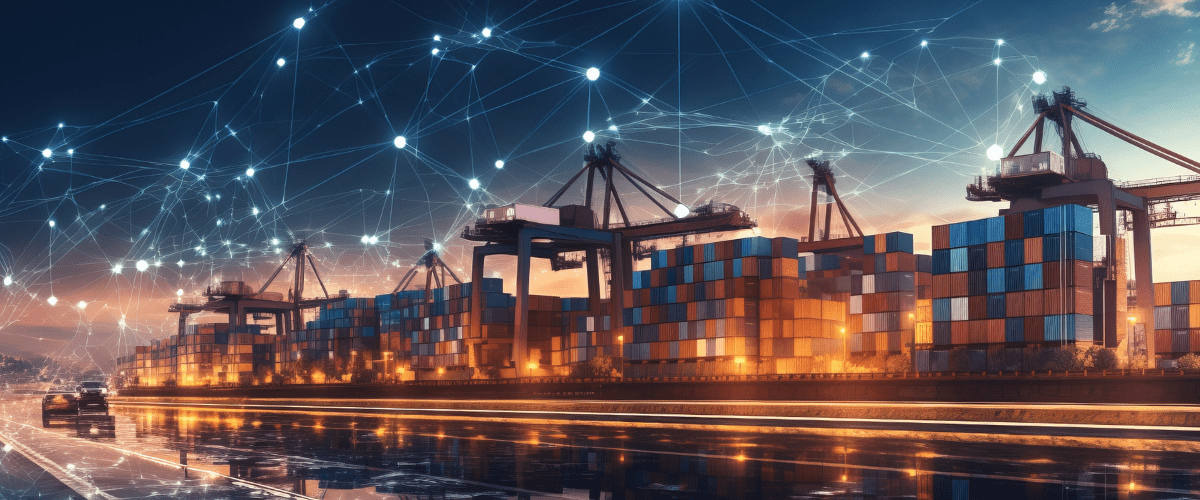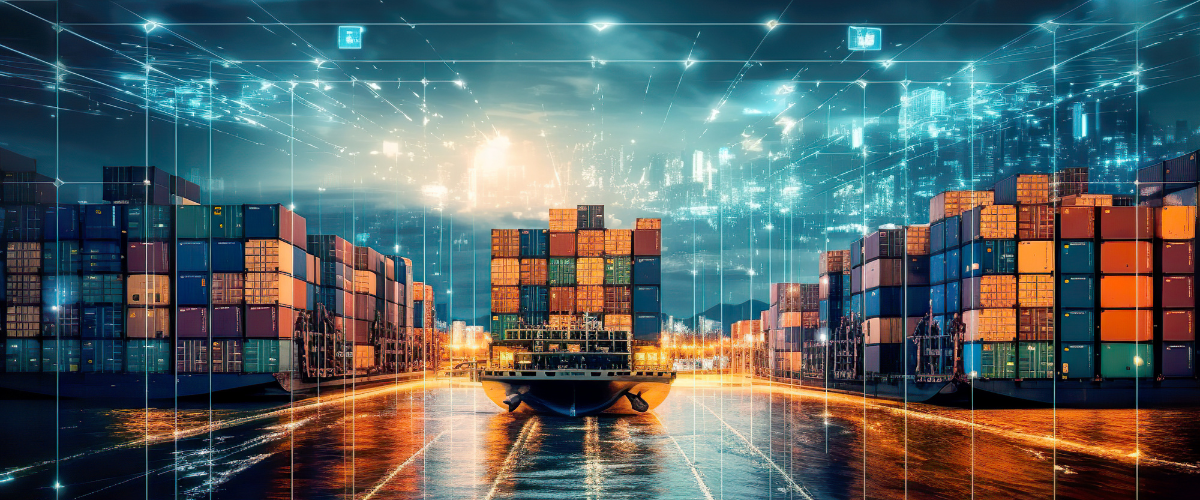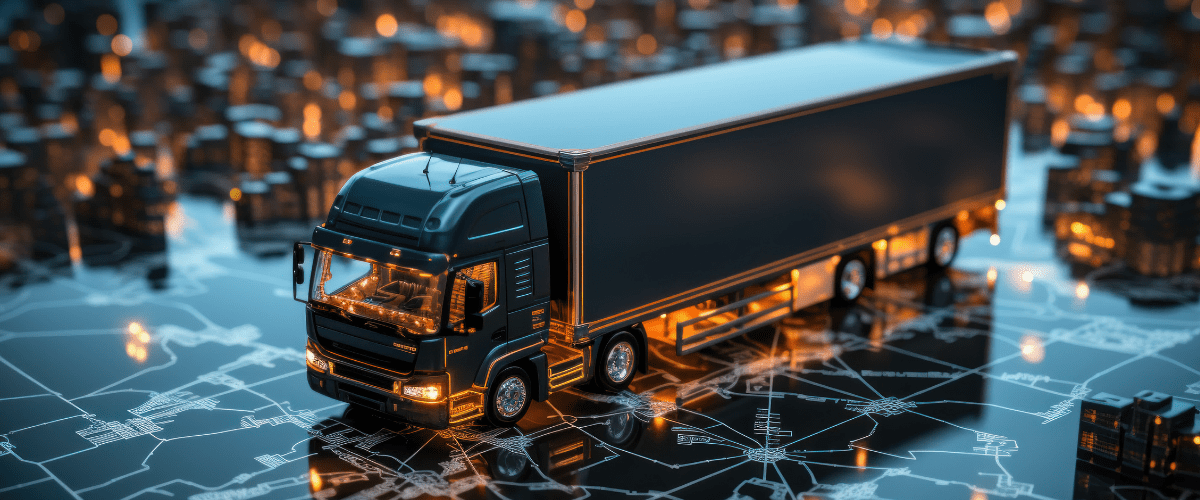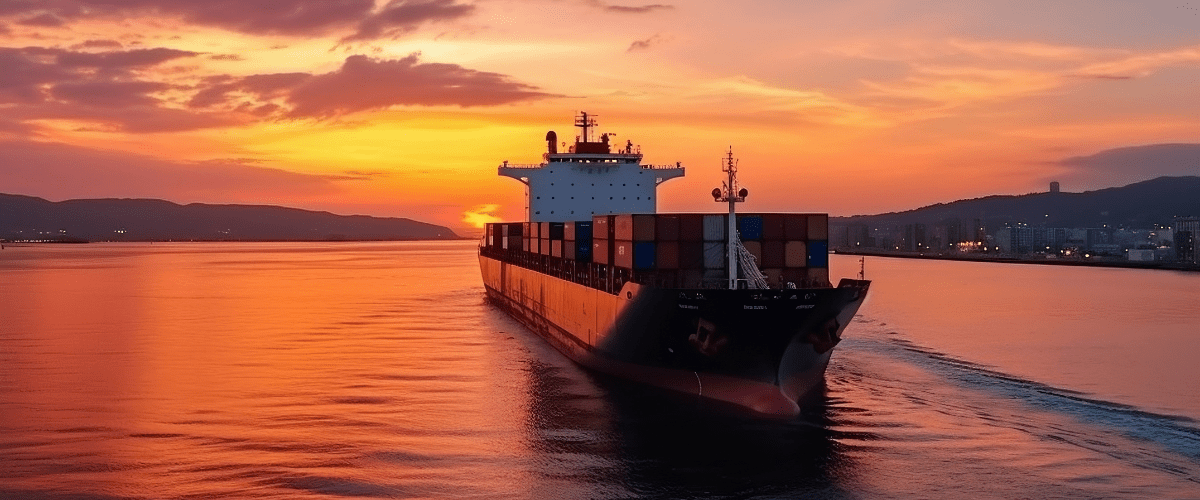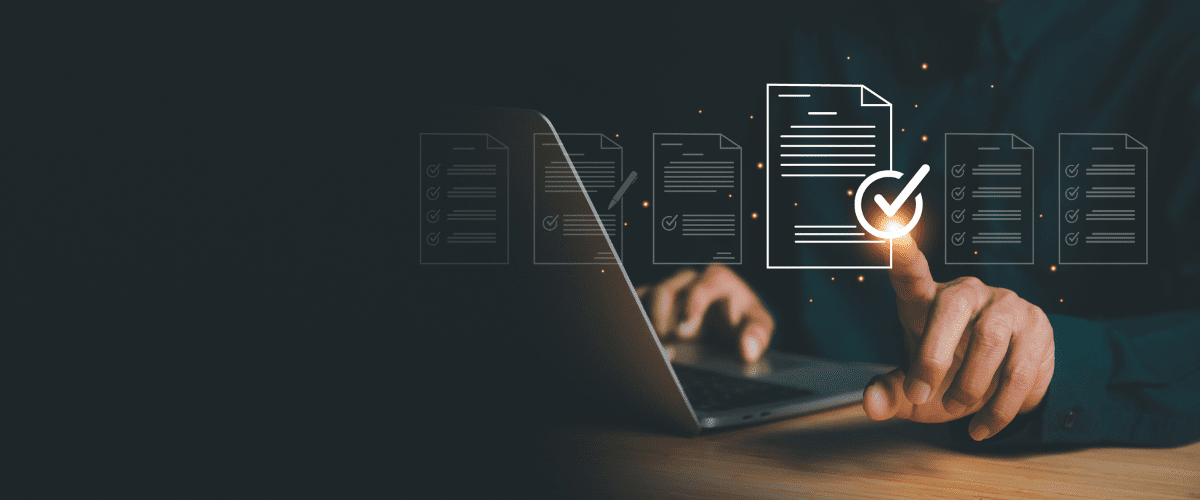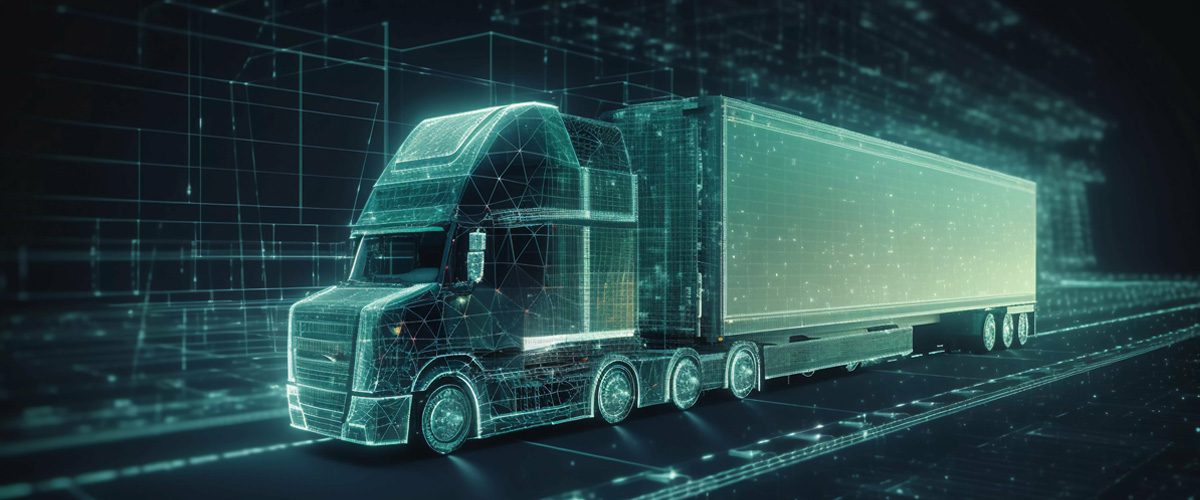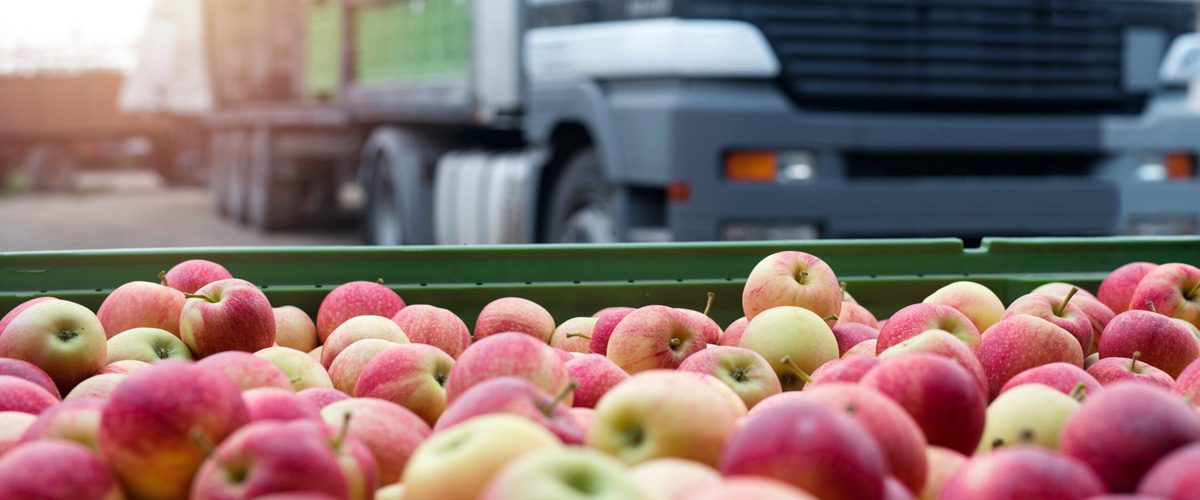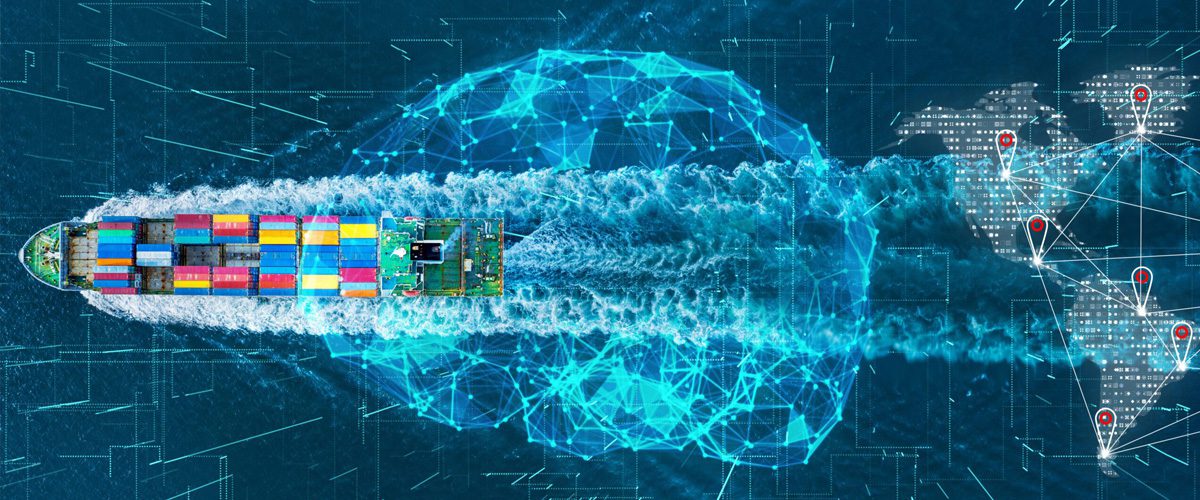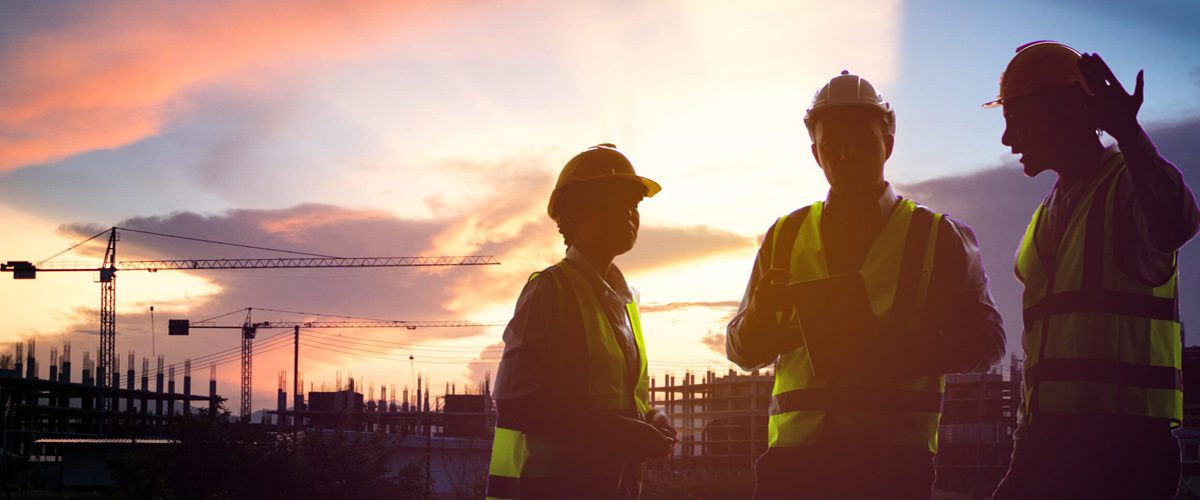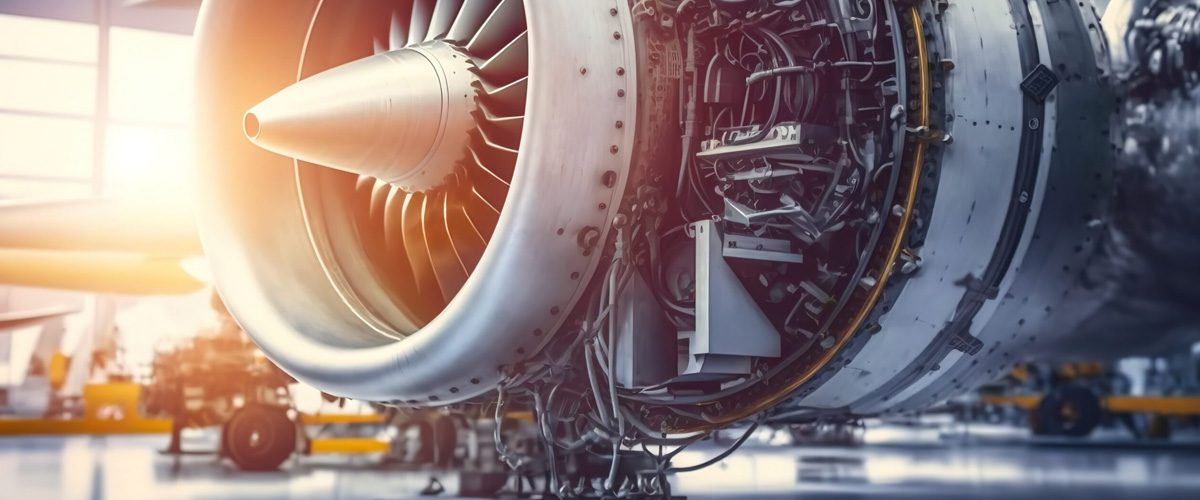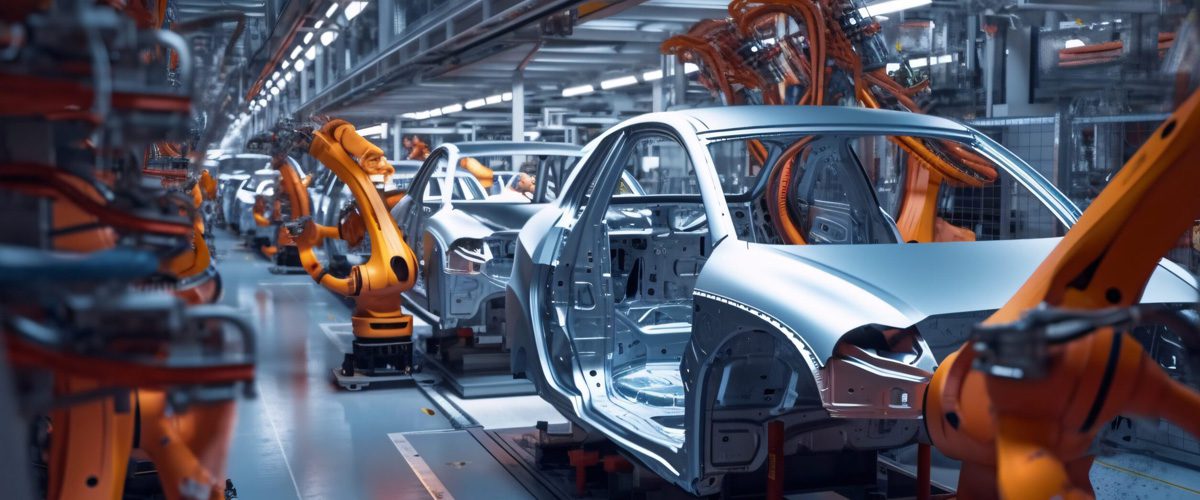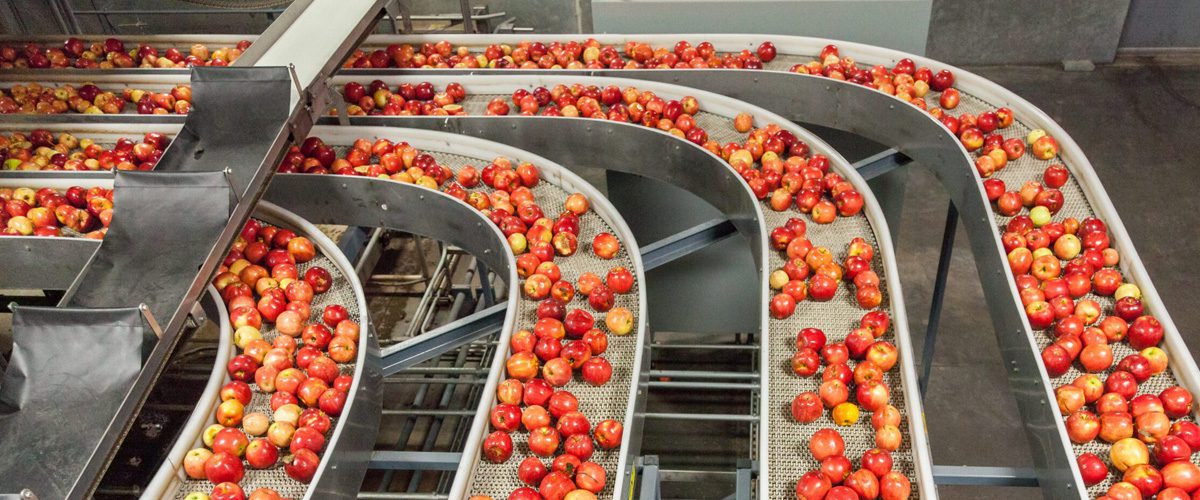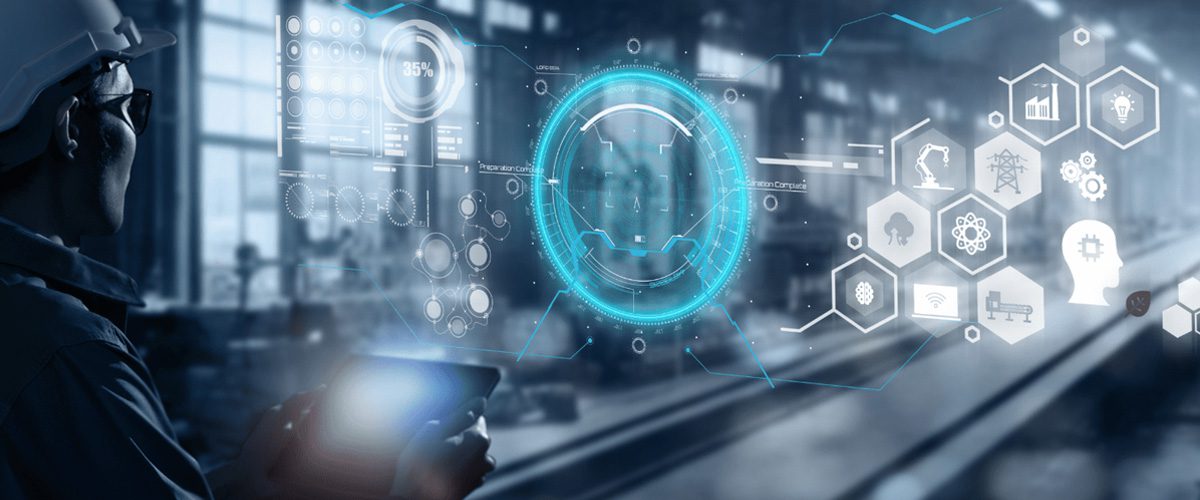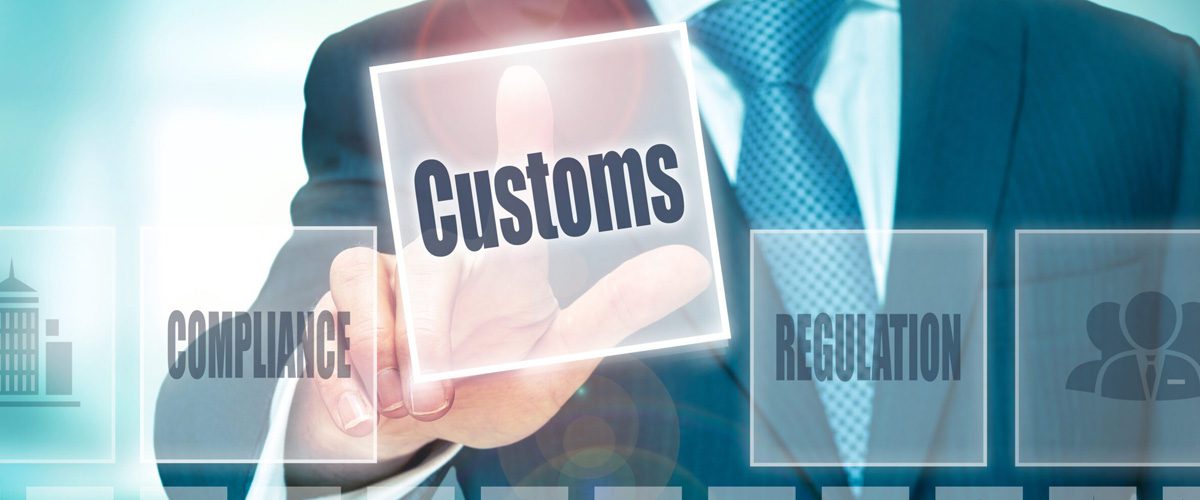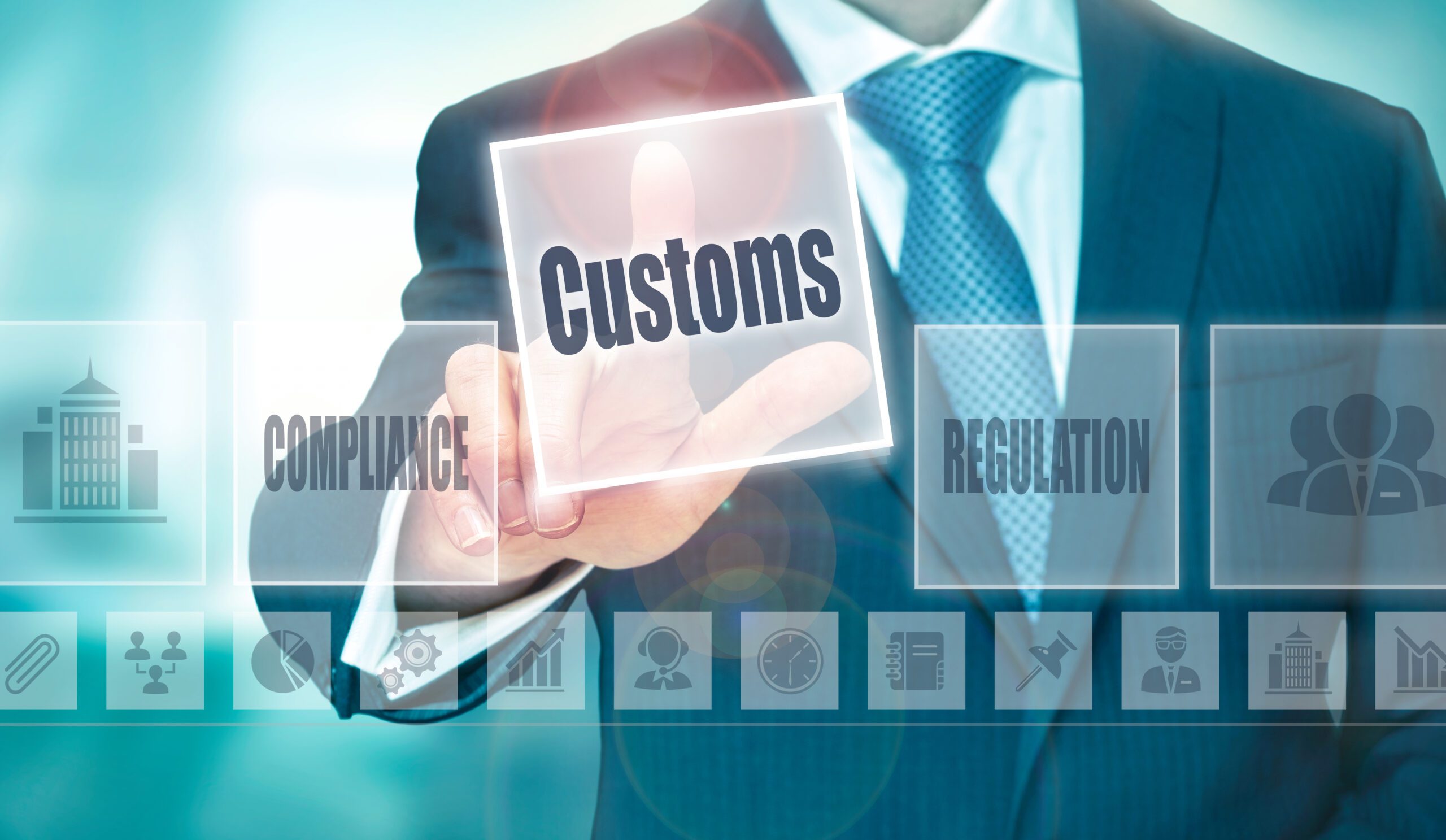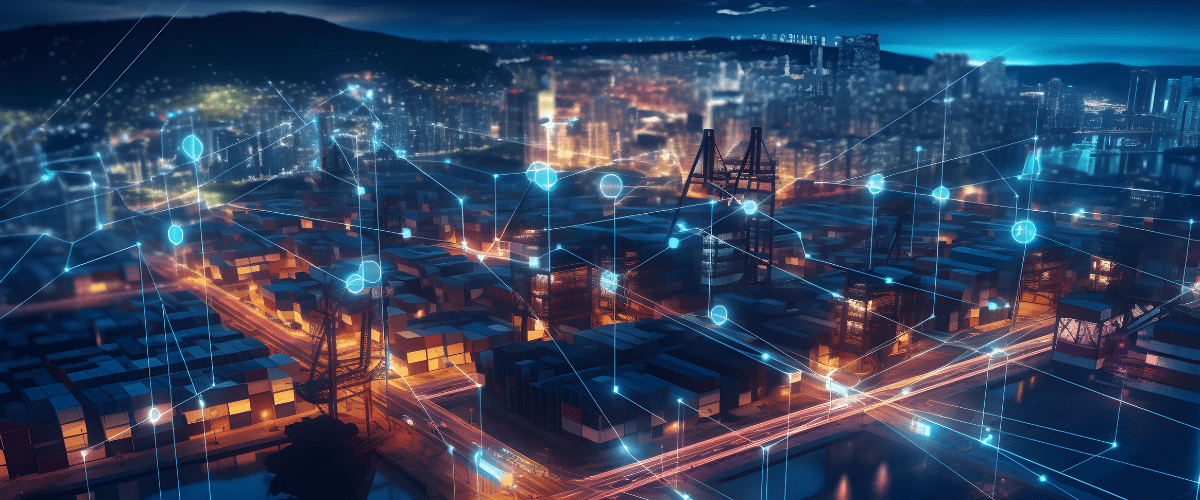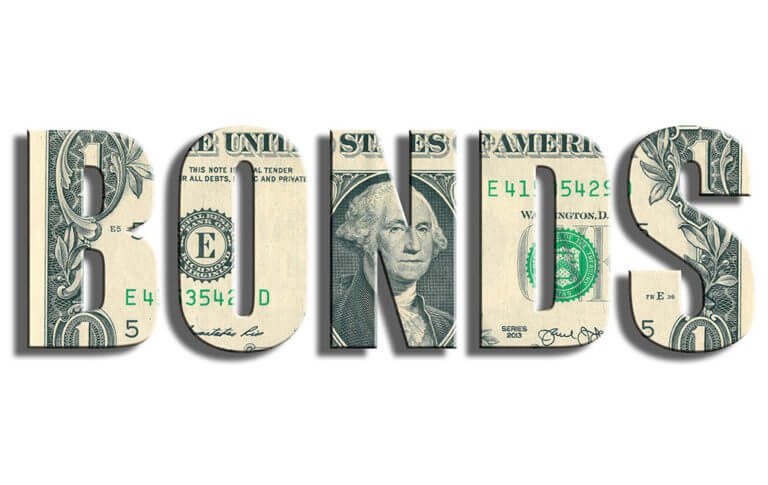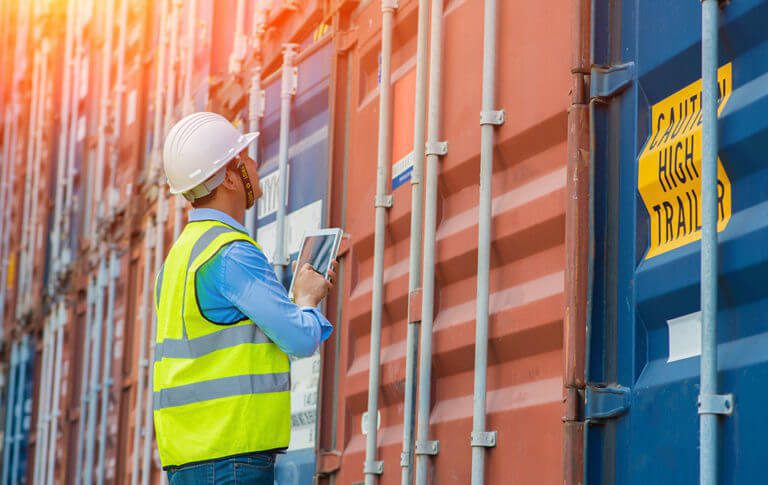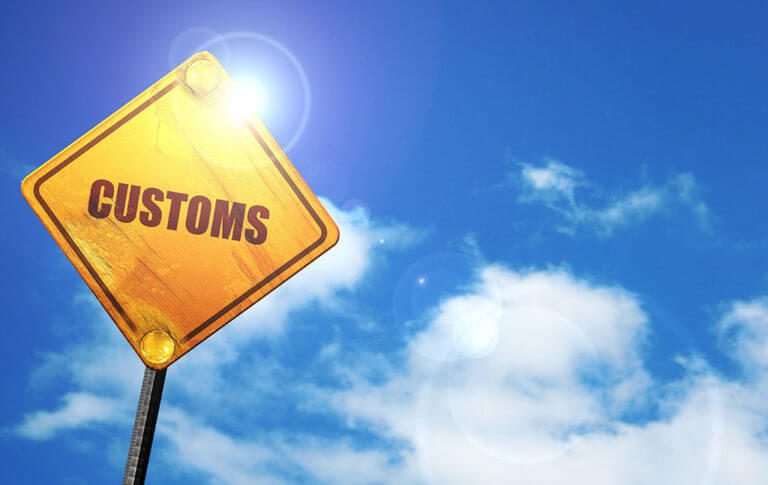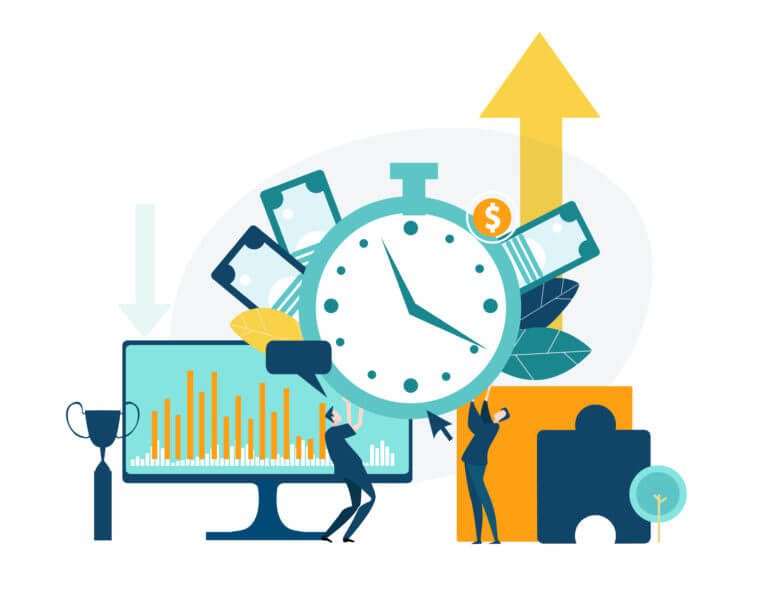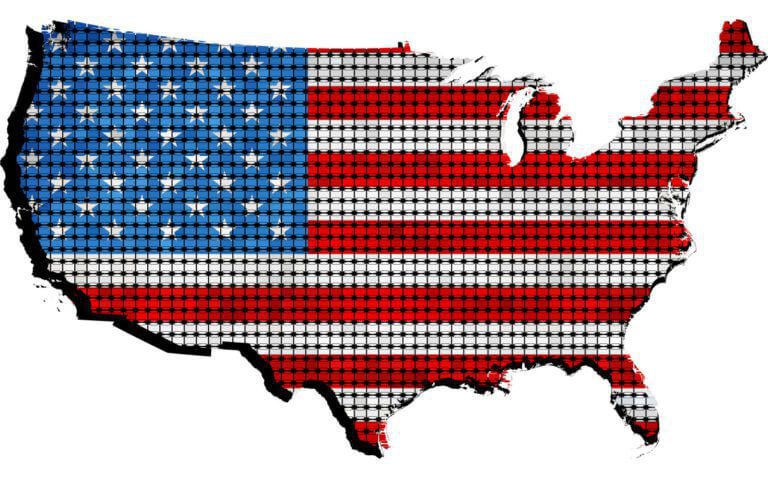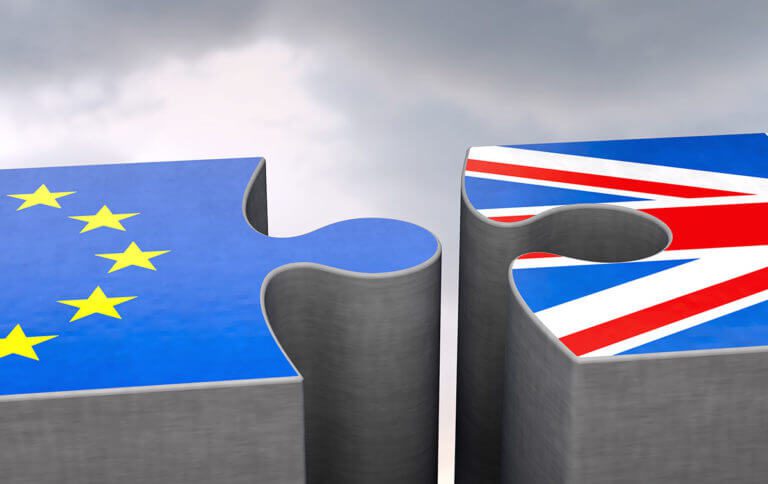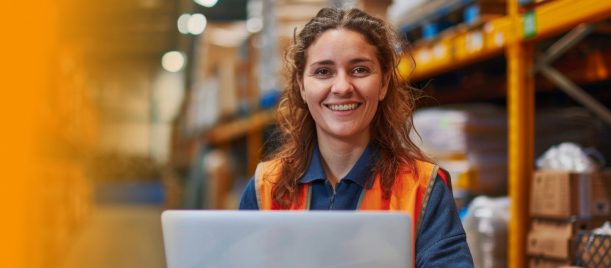The growth of international trade since the 2000s has been accompanied by an increase in the number of products traded. The shifting of manufacturing capacity to low-cost locations resulted in several low-priced products now being imported (rather than being produced locally).
In recent years, many countries have begun capitalizing on their natural advantages and skill sets.
This has led them to specialize in the manufacturing of specific components of finished products. As a result, components or raw materials are often sourced from certain countries, while the final product is manufactured elsewhere. The finished goods are then exported to major consuming centres in Western countries. Identifying the origin of goods has become increasingly important, as products are exported from one foreign country to another, impacting customs duties and trade regulations.
The result has been a marked rise in global trade, leading to a greater volume of shipments crossing international borders, with transportation playing a crucial role in moving freight between different countries. Proper classification of goods is essential, as accurate export documentation is required to ensure compliance with customs regulations and facilitate smooth export procedures.
Importance of HTS Classification in International Trade
In this scenario, the sheer variety of products and commodities can easily lead to confusion or disputes in classification. To prevent this, and to standardize the process, the HTS classification system provides a structured framework with clear guidelines. Its main purpose is to ensure that all products and components are classified consistently, making it possible to evaluate the customs duties payable on imports.
The Harmonized System is the international standard for classifying traded products, and the harmonized tariff system underpins the HTS classification process used by the United States and many countries around the world.
HTS classification is done basis the HTS published by the US International Trade Commission and consists of 10-digits, unique to each distinct product or component. The HS code, HTS number, and statistical categories are all used together to determine duty rates and import duties for merchandise imported into the destination country.
American importers refer to HTS codes for their consignments to facilitate accurate HTS classification and the determination of the duties and tariffs applicable. HTS codes are thus important to calculate customs duties payable. It is essential for businesses to comply with official rules and legally binding rulings issued by government agencies to ensure import compliance and avoid excess fees or penalties.
The HTS classification process, although standardized using HTS codes, remains a complex one due to the vast number of products and components imported. Most imports are subject to customs duty, taxes, and tariffs imposed by local governments, and the value of imported goods is determined based on the sale price or transaction value.
The complexity has worsened since the beginning of 2025, as the imposition of Trump tariffs (and subsequent exemptions, temporary pauses, and selective application) has given rise to even more uncertainty. Businesses and customers must be aware of the rules and requirements for importing and exporting goods, including the need for proper documentation, licenses, and payment of all applicable duties and fees.
Assistance and services are available for businesses seeking help with HTS classification, import compliance, and related matters. For official resources and support, contact the US International Trade Commission or U.S. Customs and Border Protection.
Implications of Incorrect Classification
Regardless of the difficulties in HTS classification, it still remains the statutory obligation of the importer to ensure that the appropriate HTS code is used and customs duties calculated and paid at the correct rate. Importers must also comply with all import compliance requirements, including proper documentation, payment of duties and taxes, and adherence to customs regulations, to avoid penalties and ensure smooth customs clearance.
The entire process is fraught with challenges, where any error, inadvertent or otherwise, can have severe ramifications, exposing the company to risks in the form of fiscal penalties, delayed customs clearance, seizure of goods, revocation of privileges, lost sales and revenue, and reputational damage.
Suboptimal Usage of Technology for HTS Classification
It is therefore imperative for importers to ensure accurate HTS classification and calculation of customs duties payable, for which the usage of technology is becoming prevalent.
Given the plethora of logtech products available, each of which targets a particular pain point in the supply chain, importers often procure software capable of assigning HTS codes with precision, and thus solve the immediate problem of errors in HTS classification and calculation of customs duties payable.
This is, however, a somewhat siloed approach, as it overlooks the fact that information on HTS classification is also used in downstream workflows and has implications for activities such as pricing, documentation, or sourcing.
In terms of pricing, if information on the relevant HTS codes is not incorporated in pricing mechanisms, the landed cost will be incorrect, as it will be calculated based on outdated data on customs duties, resulting in potential revenue losses and erosion of profit margins.
Similarly, if the sourcing team does not have visibility into this information, they will be unable to alter procurement strategies to incorporate locations granted preferential tariff rates.
The accuracy of documentation will also be compromised, as the lack of updated data on HTS classification could cause incorrect codes and duties to be filled in customs submissions and in other statutory declarations. It is especially important to ensure that the correct HTS code and duty information are included on the commercial invoice, as this document is essential for accurate customs processing and cost calculations.
Extend Intelligence Across the Trade Lifecycle with KlearNow
To ensure accurate HTS classification, it must be reflected consistently across all functions. This means pricing, documentation, and sourcing departments should align with a centralized classification logic. For this reason, companies are advised to deploy logtech solutions that take a holistic view of the supply chain, rather than focusing only on individual elements.
With heightened awareness of the pitfalls of HTS classification not cascading to downstream functions, more importers are partnering with reputed logtech vendors such as KlearNow.AI.
KlearNow.AI’s range of products includes KlearHub, its global control tower solution, which automates end-to-end logistics workflows, eases data processing and customs submissions, and centralizes supply chain management.
KlearHub is an AI-powered digital platform that can be quickly integrated into existing tech stacks, providing unparalleled visibility and real-time analytics.
By simply copying KlearNow.AI in emails, importers can generate global compliance dashboards with transparency at the most granular level possible.
Click here to schedule your free demo and experience the transformative impact of KlearHub on your supply chain operations and management.
Frequently Asked Questions (FAQS)
1. What is the harmonized system and why is it important in global trade?
The harmonized system is the international standard for classifying traded products. It ensures consistency across borders, helping importers and exporters correctly identify foreign goods and avoid disputes in classification.
2. How does the harmonized tariff schedule affect import duties?
The harmonized tariff schedule (HTS) provides detailed 10-digit codes that determine the applicable import duties on goods entering the U.S. An incorrect code can result in overpayment, underpayment, or penalties during customs clearance.
3. What is the difference between the harmonized tariff system and HTS classification?
The harmonized tariff system is the global framework maintained by the World Customs Organization, while HTS classification is the U.S. implementation of that system. Together, they provide the legal basis for calculating duties and taxes on imports.
4. Why is an HS code required for every product?
An HS code is a unique numerical identifier that links a product to its correct classification in the harmonized tariff schedule. Without the right HS code, customs authorities cannot determine the proper duties, taxes, or regulatory requirements for foreign goods.
5. How can companies ensure accurate HTS classification across their supply chains?
Businesses can reduce errors by centralizing their classification logic, training staff on HS codes, and using digital platforms that automate harmonized tariff schedule assignments. This ensures pricing, sourcing, and documentation functions all reflect the correct import duties.
